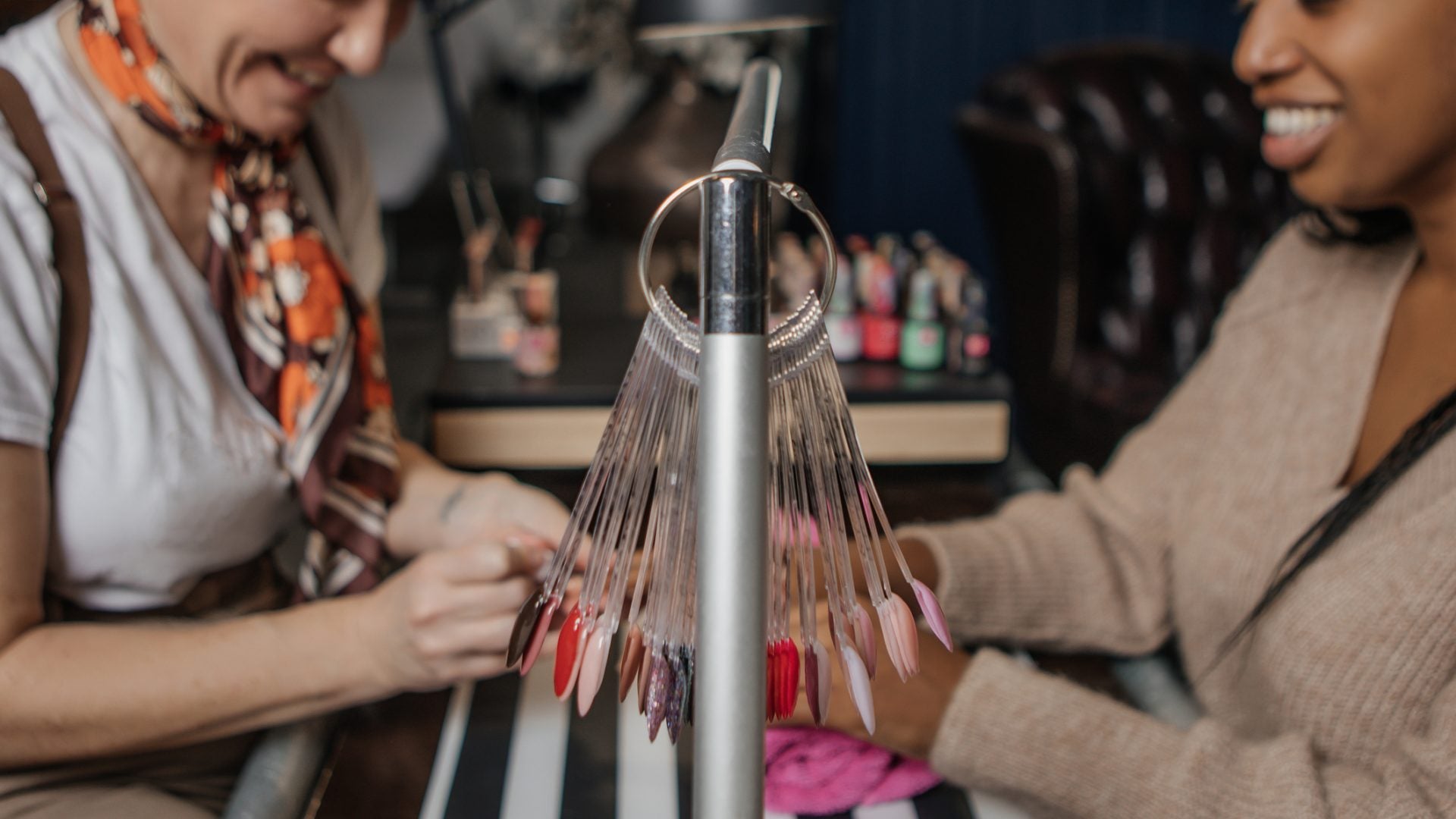A Gel Nail Polish Ingredient Was Just Banned — These 5 Others May Harm Your Reproductive Health
Across the pond in the UK, the European Union announced a total ban on one of the key ingredients in gel nail polish recently. Trimethylbenzoyl diphenylphosphine oxide, or TPO, enables […] The post A Gel Nail Polish Ingredient Was Just Banned — These 5 Others May Harm Your Reproductive Health appeared first on Essence.

 Getty Images
Getty Images Across the pond in the UK, the European Union announced a total ban on one of the key ingredients in gel nail polish recently. Trimethylbenzoyl diphenylphosphine oxide, or TPO, enables the hardening of gel and hybrid polishes when placed under UV light. Their choice reflected concerns about its impact on reproductive healthcare, and they labeled it as “carcinogenic, mutagenic, or toxic to reproduction.” They reclassified it as CMR category 1B, one of the most severe categories that can be earned by a toxin under their jurisdiction.
Historically, European regulators have been more strict than other nations about what they will allow citizens to be exposed to, from the scalp to the sole. The European Union and Health Products Regulatory Authority (HPRA) have an extensive list of products that are prohibited from use for cosmetic purposes.
There has also been a rise in efforts to combat the negative effects of problematic ingredients in beauty products in the United States. Lawmakers have introduced bills designed to explore the risks in products marketed to Black women, who have a greater risk of maternity challenges. Scientists here and abroad recommended that coordinated efforts be taken to protect people, especially individuals who are most vulnerable, but it’s up to consumers to do their homework and read labels closely.
That said, if you’re concerned about your reproductive health and overall wellness, you don’t need to wait for a ban to take action here or abroad. Organizations and agencies, like the Food and Drug Administration or FDA, for example, have lists of ingredients that are under review and prohibited, allowing anyone to learn what they should be looking further into. Make decisions about your personal care options by being informed. See some of the active ingredients you should consider researching further below that have been banned or deemed problematic.
Trimethylbenzoyl Diphenylphosphine OxideTPO, crucial to creating the untraceable shell of gel polish, was previously restricted to professional use. Salons were able to offer the service to clients. As of September, that exception has been eliminated. According to reports, it has been disallowed in settings of all kinds. As mentioned, the European Commission has deemed the potential risk too great.
Microplastic BeadsThe microplastic beads that celebrities were splashing all over their bathroom floors in commercials advertising their benefits were actually tearing our faces up! Not only do these create micro-tears in the skin, but they are also full of endocrine disruptors that can impact the user’s hormones, potentially affecting their menstrual cycles. To make matters worse, they were polluting the water supply, which lead to the FDA’s Microbead-Free Waters Act of 2015.
A 2024 study in Frontiers in Endocrinology reported that “Personal care products (PCPs) contain a number of endocrine-disrupting chemicals (EDCs) that could potentially affect the reproductive function in women of childbearing age.” It found that some ingredients can interfere with the results of in vitro fertilization efforts, jeopardizing an expensive and labor-intensive process.
This is yet another thing that we can side-eye the 00s and 2010s for.
HydroquinoneThe controversial skin-lightening agent is banned in the EU, Australia, and Japan. It is considered potentially harmful, and calls have been made for further studies to evaluate the extent of the risk to pregnant people.
There are recommendations against utilizing topical creams and products with the ingredient for those expanding their families here in the United States as well. The New Jersey Department of Health, for example, reported that “Hydroquinone may decrease fertility in males and females.”
LilialLilial is the common name for butylphenyl methylpropional, a synthetic fragrance component that gives off the scent of lily of the valley flowers. It smells great but the scent might not be worth the trouble. It was reclassified by the European Union as “reprotoxic” in 2020 due to its association with harm to the reproductive system.
It is frequently used in the formulation of high-end shampoo products. Some American companies, including Olaplex, have willingly removed the ingredient from their formulas.
Zinc PyrithioneZinc pyrithione is a common ingredient in shampoos that was banned by the European Union in 2022. It is frequently used to treat dandruff. They labeled it a category 1 reproductive toxin. Some studies show that pregnant people are not the only ones with potential risks, though. “ZPT has been identified as a catalyst for oxidative stress, contributing to various indicators of male infertility,” according to the Journal of Antioxidants.
The report from the commission found that there were adequate alternatives on the market and that it was not worth the risk to continue permitting the ingredient to be used in cosmetics.
Dibutyl Phthalate (DBP)Dibutyl Phthalate (DBP) is used to prevent cracking and promote flexibility in various nail polishes. It is another type of endocrine disruptor that could potentially lead to birth defects and developmental delays. It has been banned by the European Union.
It is a type of phthalate. Researchers have found that even brief exposure to these can impact one’s reproductive health. “Despite the short half-lives in tissues, chronic exposure to phthalates will adversely influence the endocrine system and functioning of multiple organs, which has negative long-term impacts on the success of pregnancy, child growth and development, and reproductive systems,” says the Journal of Healthcare.
Cosmetics are not the only place that regulators assessed an unacceptable level of risk. It has also been banned from being used as an ingredient in children’s toys.
TOPICS: beauty products gel nail health and wellness reproductive healthThe post A Gel Nail Polish Ingredient Was Just Banned — These 5 Others May Harm Your Reproductive Health appeared first on Essence.























